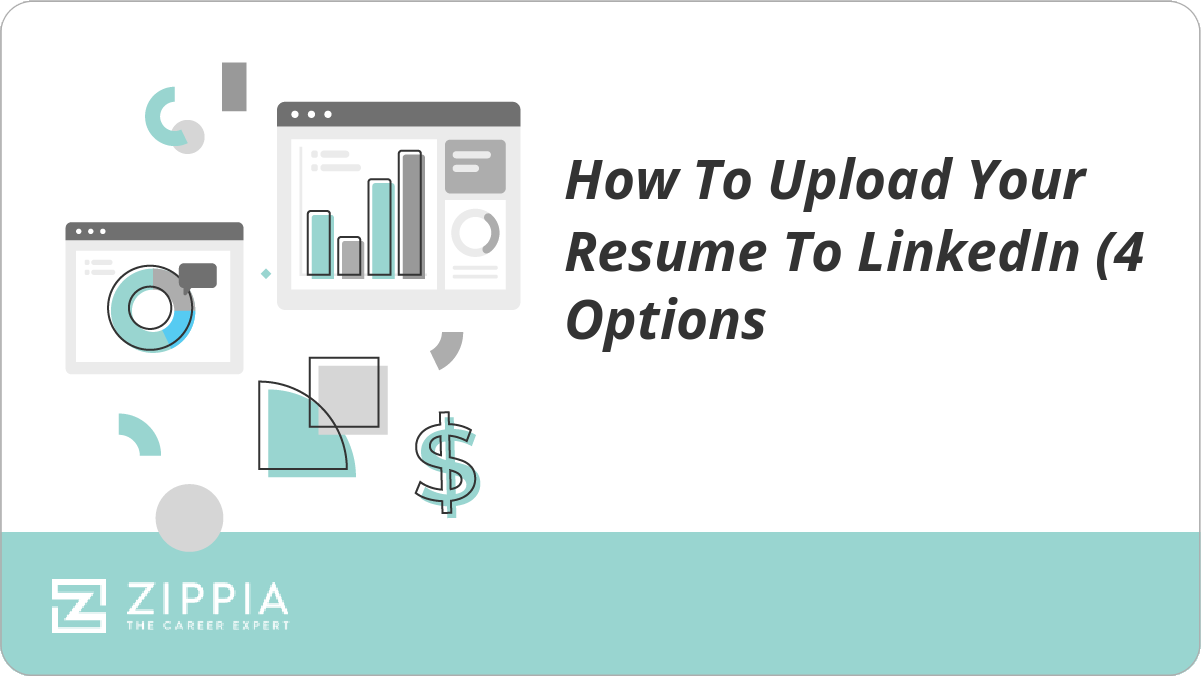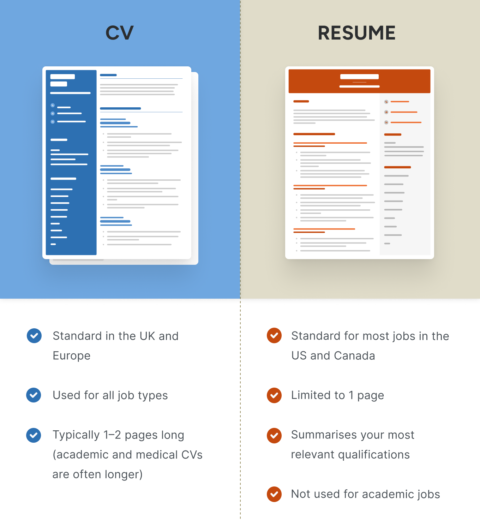In the competitive landscape of professional networking, LinkedIn has emerged as a premier platform for individuals seeking to advance their careers. As of 2025, one of the indispensable features on LinkedIn continues to be the ability to upload a resume. This functionality not only enhances visibility to prospective employers but also serves as a cornerstone for personal branding and networking efforts. This article examines the methods, benefits, and nuances of uploading a resume to LinkedIn, ensuring that you make a lasting impression.
Understanding the Significance of Uploading a Resume
Uploading a resume to your LinkedIn profile is an invaluable asset. It provides a comprehensive overview of your qualifications, experiences, and skills, allowing potential employers and connections to assess your professional background at a glance. Unlike traditional paper resumes, the digital format permits you to include hyperlinks to projects, publications, or even your portfolio. This expedites the process of showcasing your accomplishments, fortifying your online presence.
Furthermore, an uploaded resume may facilitate the recruitment process. Many companies use Applicant Tracking Systems (ATS) that parse resumes for relevant keywords. By having your resume readily available in an optimized format, you can significantly increase your chances of being noticed by recruiters.
Methods for Uploading Your Resume to LinkedIn
In 2025, LinkedIn offers several methods for individuals to upload their resumes. The distinctive approaches include direct uploads to the LinkedIn profile, sharing via the LinkedIn job application feature, and posting as media in updates or articles. Each method has its advantages, and selecting the right one hinges on your professional objectives.
1. Direct Upload to Your Profile
Uploading your resume directly to your LinkedIn profile allows you to display it prominently on your profile page. To undertake this process, adhere to the following steps:
- Log in to your LinkedIn account.
- Navigate to your profile by clicking on your profile picture or the “Me” icon.
- Click the “Add profile section” button, typically found beneath your profile picture.
- Select the “Recommended” tab, then click on “Add featured.”
- Choose the “Media” option and select your resume file for upload. Make sure it’s in a compatible format, such as PDF or DOCX.
- Once uploaded, you can add a description or title for the resume, enhancing contextual understanding for viewers.
- Click “Save” to finalize your changes.
Upon completion, your resume will appear in the Featured section of your profile, making it easily accessible to anyone viewing your profile.
2. Using the LinkedIn Job Application Feature
Many employers post job openings on LinkedIn, allowing applicants to submit their resumes directly through the platform. To utilize this feature:
- Search for the job you are interested in applying for.
- Click on the job listing to view the details.
- Hit the “Easy Apply” button, if available. This option allows you to submit your application with just a few clicks.
- Attach your resume when prompted. Ensure that your resume is tailored to the specific job requirements for optimal impact.
- Follow the prompts to complete your application and submit it.
This method not only simplifies the application process but also ensures that your resume is kept on file with the employer for their records, should they require additional information.
3. Posting Resume as Media in Updates or Articles
If you wish to share your resume with your network or a broader audience, consider posting it as media in a LinkedIn update or as part of an article. This method allows for engagement and feedback from your connections. To do so:
- Create a new post or article by clicking on “Start a post” or “Write an article.”
- In your content creation interface, look for the option to attach media.
- Select your resume file for upload, and provide context or a brief description regarding your career aspirations or job search.
- Publish your post or article.
This approach not only showcases your preparedness but also invites dialogue, enriching your professional relationships.
Formatting Tips for Your LinkedIn Resume
- Keep it Concise: Aim for brevity while incorporating all essential details. A one-page resume is often sufficient.
- Utilize Bullet Points: Employ bullet points for clarity and to emphasize key achievements and responsibilities.
- Incorporate Keywords: Use industry-specific keywords to ensure compatibility with ATS and increase visibility.
- Professional Design: Select a clean, straightforward design to enhance readability. Avoid overly decorative fonts or backgrounds.
Conclusion
Uploading a resume to LinkedIn in 2025 is a strategic move that can significantly bolster your professional presence. By utilizing the various features available on the platform, you can effectively showcase your qualifications, making you a more attractive candidate to recruiters and employers. Whether you opt for direct uploads, job applications, or sharing through posts, an optimized and accessible resume is key to navigating the modern job market. Invest the time to refine your resume and strategically upload it, as this will pay dividends in the pursuit of your career aspirations.




